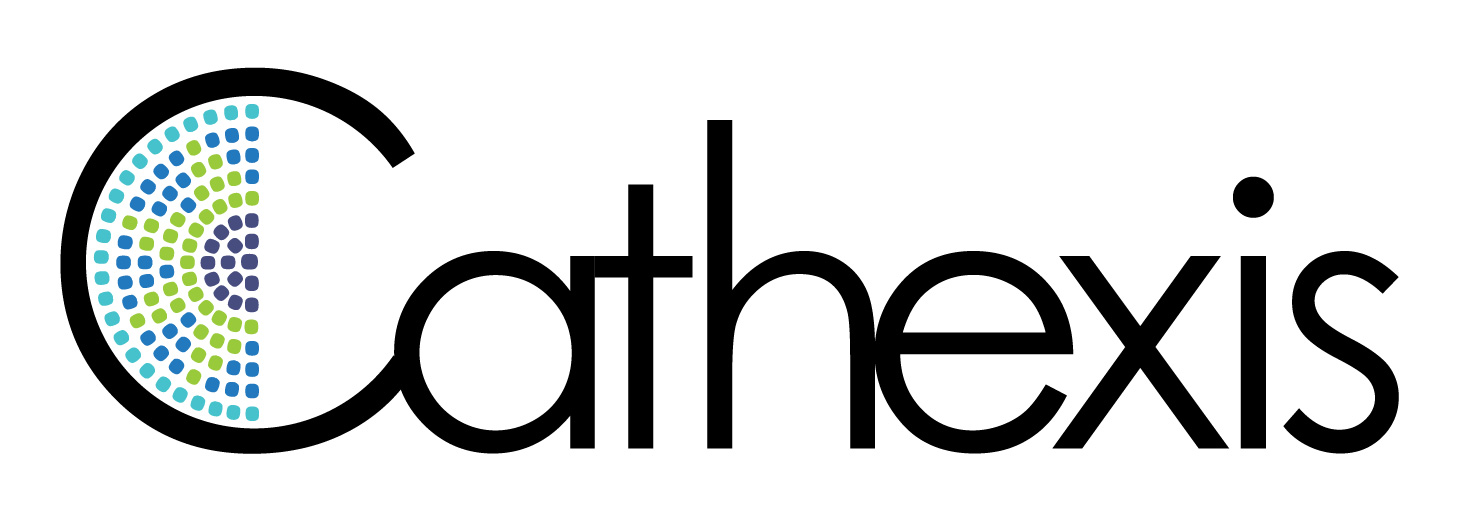Accurate, timely health system data is an essential tool to respond to public health emergencies. In the face of the COVID-19 pandemic, where can evaluators be looking for data to help put the pandemic into perspective? Here’s a one-stop shop for you to bookmark: the Canadian Institute for Health Information (CIHI) has created an online resource hub that has compiled health system data pertinent to COVID-19. Resources include:
- Health workforce data: the number and distribution of health professionals in Canada (physicians, nurses, paramedics, respiratory therapists, and more)
- Health system usage data: hospital beds available, ICU beds and ICU patients, hospital stays, wait times
- Data on seniors, long-term care, and home care
- Health care spending data (including public and private spending and prescription drug expenditures)
- Guides on supporting COVID-19 data collection and monitoring for clinicians and health care professionals
We’ve been noticing during this pandemic many calls for attention to the equity dimensions of the effects of the new coronavirus outbreak. Several noteworthy organizations have voiced concerns that the most vulnerable in our communities are facing the ravages of this pandemic to a greater degree than others. Yet there’s currently little data being collected systematically on COVID-19 and social determinants of health. Without these data, it’s impossible to know with certainty how the disease is disproportionately affecting different sub-groups.
There are signs that this is changing. A few initiatives have sought to address these gaps through means outside of public health system monitoring tools. IC/ES, an Ontario-based organization, is linking test results with their data repository to provide information on the demographics of individuals who are tested in Ontario. The Yellowhead institute is collecting information to provide a more accurate count of COVID-19 cases in indigenous communities. Other initiatives, such as COVID-19 Canada Open Data Working Group and Flatten are collecting data to create interactive maps tracking COVID-19 cases.
But even with this data, making sense of it can be a challenge. If you’re looking to do some in-depth health equity analysis of the impact of COVID-19, you might want to check out CIHI’s Toolkit for Measuring Health Inequalities. It’s packed with resources that are designed for people who want to approach health system data using a health equity lens. It includes:
- standard terminology and definitions for health equity stratifiers
- macros for conducting analyses in SAS
- examples of visualizing health equity data
- a 4-part online course you can take that guides you through how to plan, conduct, and share the results of your analysis.
Our team recently helped CIHI assess this Toolkit. We’ve seen how health care professionals, researchers, and policy experts are putting the Toolkit to use. Enhancements to the Toolkit are in the works, so if you don’t find what you’re looking for now, it might be on its way.

